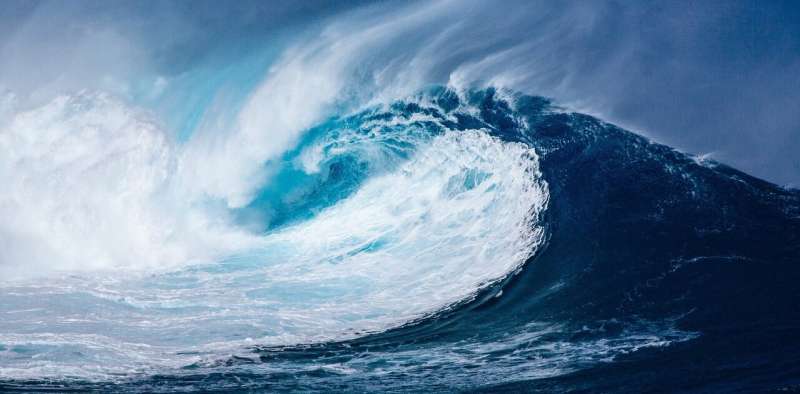Credit: CC0 Public Domain
A mathematician from RUDN University investigated the properties of wave fronts in reaction-diffusion models. The results will help to study the spread of viruses in tissues and to predict the evolution of ecosystems. The article was published in the journal Nonlinearity.
Reaction-diffusion models represent generalizations of Fick's diffusion equation; they describe the concentration of a substance in a medium as a function of the space coordinate and time. The rate of change of the concentration is proportional to the second derivative of the concentration with respect to the coordinate. Reaction-diffusion equations describe not only diffusion but also chemical reaction making such models more interesting and difficult to study.
One of the types of reaction-diffusion models is time-delayed models, in which the nonlinear term (the reaction rate) depends not only on the unknown function at a given time, but also on its value some time ago. Such models arise in mathematical ecology, for example, where the delay in the equations is related to the period of maturation of an individual, i.e., the time period when the animal does not participate in reproduction and does not affect population growth. Similar problems arise in control theory: there often are systems that respond to exposure with a delay. Also, the results can be applied in mathematical modelling in biomedicine.
A mathematician from RUDN University, Vitaly Volpert, together with a Chilean colleague, considered a previously unexplored version of the time-delayed reaction-diffusion equation.
Previous works have considered models limited by monotony in the reaction term, which restricted their application to new problems of mathematical biology and ecology. But in the new work two more complex versions of the reaction-diffusion equation are considered.
The work proved the existence of solutions with monotonic wave fronts to a specific type of bistable reaction-diffusion equations. The physical meaning of such processes can be explained as follows: the system has two stable states and the wave front propagates from one stable equilibrium to another.
The mathematicians found that, depending on the speed of the wave, one of two scenarios for the development of wave fronts is realized. In the first case, the waves are always monotonous, and in the second, in which there are large delays, they begin to oscillate.
The results obtained make it possible to apply reaction-diffusion models to new real-world problems. For example, scientists can now mathematically model the spread of viruses in tissues. This will give answers to questions about how the development of the disease depends on the initial viral load and on the speed and intensity of the response of the immune system. In practice, this will improve the accuracy of tests that detect chronic diseases.
Also, new results allow taking into account the Allee effect, i.e., the relationship between the size of the population and its rate of reproduction. In the economy, this will help optimise fish farms and save endangered species. In general, scientific discoveries in this area have many applications not only in mathematical biology and ecology, but also in problems of chemical kinetics and control theory.
More information: Sergei Trofimchuk et al. Global continuation of monotone waves for bistable delayed equations with unimodal nonlinearities, Nonlinearity (2019). DOI: 10.1088/1361-6544/ab0e23
Provided by RUDN University
























